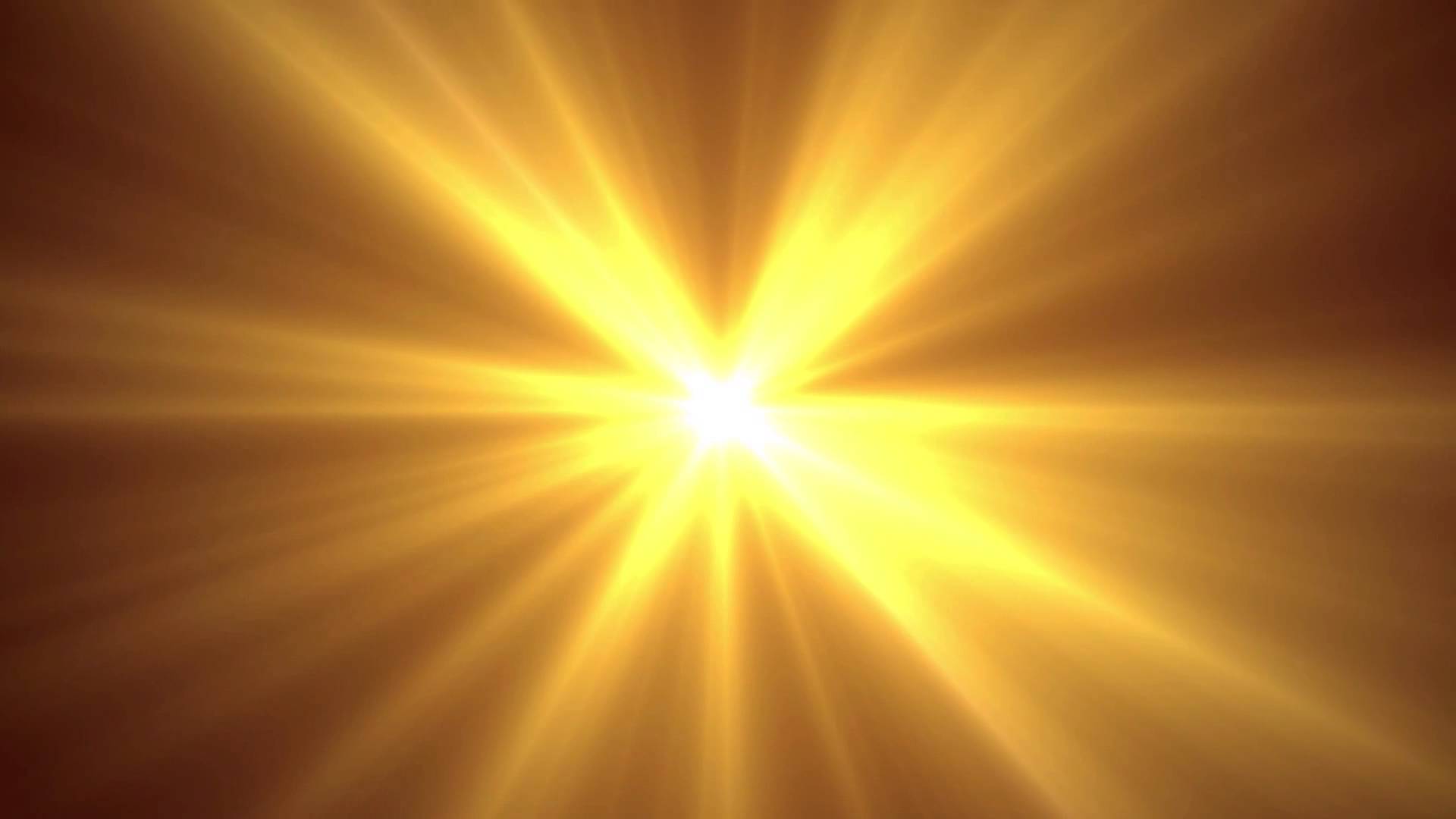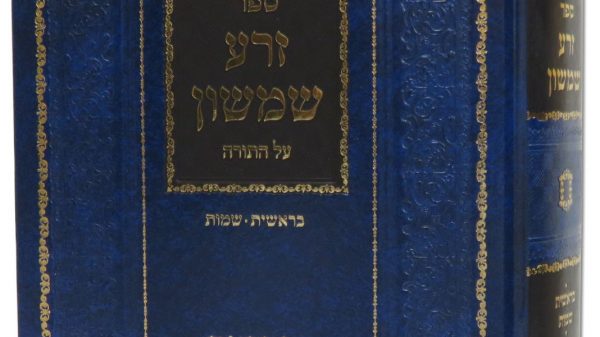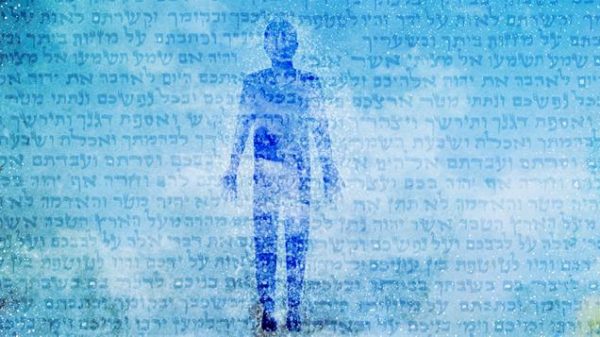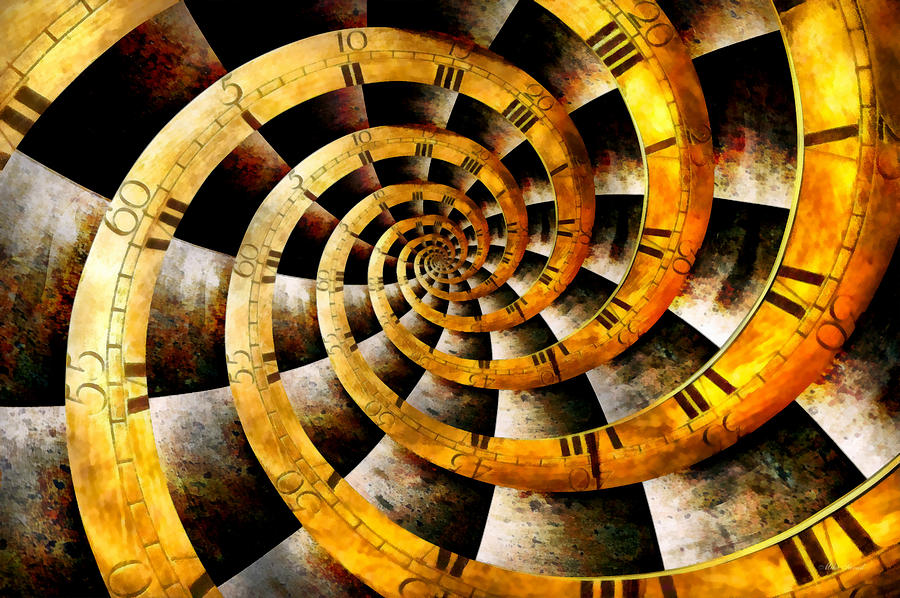
Click here to download PDF
Shmitta & Sinai
This week’s Parsha opens with the laws of Shmitta which were said at Har Sinai. Rashi brings the Chazal that says, just like Shmitta was taught in detail at Sinai so also all the Mitzvos were given in detail at Sinai. Why was Shmitta chosen to be the prime example that all Mitzvos were taught in detail at Sinai? What is the connection between Shmitta and Har Sinai? This is especially interesting to us as we are reading Parshas Behar following Lag B’Omer where we can feel that we are rapidly approaching Shavuos which commemorates the great event at Har Sinai. One cannot help noticing the similarity in pattern between the way we count the Omer and in the way we count Shmitta and Yovel. During the Omer we count seven weeks and on the 50th day it’s Shavuos and we count seven Shmittas and the 50th year is Yovel….
Har Sinai & servitude
The Parsha goes on to detail the laws of real estate in the land of Israel. ancestral fields will be restored to the families of the original owners at Yovel. The connection is obvious as we are dealing with the laws of the land of Israel. Later in the Parsha, the Torah talks about a topic seemingly only loosely related: a Jew’s inalienable rights. even if sold as a slave to a fellow Jew, he must be treated with a certain level of dignity and not be forced to do demeaning labor. And the Possuk says, “for Me, the children of Israel are slaves. They are my slaves, that I took out of Egypt….” This Possuk is actually referenced by Chazal as defining what the “Eved Nirtza”, the Jewish slave that wants extended slavery is in violation of. His ear is pierced because “the ear heard at Har Sinai for Me the children of Israel are slaves” and this person went and acquired a master for himself (as this person extended his slavery to his fellow Jew). The emphasis is was heard at Har Sinai. What does this idea of that the Jewish people are slaves to Hashem have to do with Har Sinai? Seemingly our servitude to Hashem is like the Possuk says, because we were liberated from Egypt and now we have to work for Hashem instead of Pharoah. Why is the emphasis that this pasuk was said at Har Sinai? The truth is that Shmitta and our being slaves to Hashem are related. Our commitment to serve Hashem was when we declared “Naaseh V’Nishma”. The Pasuk says in Tehillim, “Bless Hashem his angels, the mighty of power, who do his word and hear the sound of His word”. The Gemara says that this refers to the Jewish people who said “Naaseh” before “Nishma”, as the Pasuk says, “Do His word and then after that to hear the sound of His word. The Medrash adds another P’shat that it’s talking about those who observe Shmitta, they are the mighty ones of power. We have seen that servitude to Hashem which is the commitment to “Naaseh v’Nishma” is related to Shmitta and its all related to the event that happened at Har Sinai.
Who needs Sinai?
What do we mean when we say in the Hagaddah on Seder night, that if Hashem would have brought us close to Har Sinai and not given us the Torah, “Dayenu”, it would have been enough? What is the purpose of going to Har Sinai if you’re not going to get the Torah? Why is a giving of the Torah necessary? Noach and Avraham were able to figure out the Mitzvos or have the Mitzvos revealed to them without having the grand ceremony of the “giving of the Torah”? Why is it that Shavuos, that commemorates the great event at Har Sinai, is called the festival of the giving of the Torah? The 10 Dibros that we received contain 14 Mitzvos at most. In what way is this the giving of the Torah?
Cosmic upheaval
“Hashem descended on Har Sinai”. Chazal explain this to mean that Hashem superimposed the heavenly over the earthly. Torah is in its essence coming down into this world, not information regarding the Torah in heaven but rather the Torah itself. Bringing the Torah, which is the greatest spiritual entity created, into the world brought supernatural sanctity to anything that could absorb it. Generally speaking, there are two major entities that absorb the sanctity of the Torah; the Jewish people and the land of Israel. Even though we only got 10 Dibros at the event at Har Sinai, it was already called that the Torah had already been given, in the sense of transferred from Heaven to earth. The position of Torah changed and was connected and grafted onto the Jewish people and the land of Israel.
Seeing vs Hearing
Having something in hand is something that you can see. When you don’t have it in hand, you only hear about it. This is the significance of what the Pasuk says, “and all the nations saw the sounds”. It should have said, they heard the sounds. Rashi brings the Chazal that they were able to see sound. What this means to say is that generally words and dictates are something you hear about. It’s something that is commanded to you. It’s not an entity you can see or hold in your hand. As a result of the great event at Sinai, they actually saw these commands as entities or as Divine lights that they can absorb and that’s what makes the Jewish people holy. It is because of what happened at Sinai that a Jew is too holy to work for any other human being not even his fellow Jew he is so holy that he can only be a servant to Hashem. And that is the secret of the sanctity of the land of Israel in general and the special sanctity of the Beis HaMikdash in particular. The land of Israel is called “the land that eyes of Hashem are in it from the beginning of the year to the end of the year”. the land of Israel is the seat of Divine providence, where Divine providence is revealed and visible. And the Beis HaMikdash in particular we go to see “the face of Hashem three times a year”, as the Shechina itself is visible there. With this the Kuzari explains that the land of Israel absorbed the sanctity of the Torah, to the point that the land itself is “alive” and “obligated in Mitzvos” and keeps its own Shabbos, like Shmitta and all the other Mitzvos that pertain to the land, just like the Jewish people keep their Mitzvos.
Committed to a Vision
In a relationship, the two parties need to reciprocate and be equally committed to each other, if Hashem is going to give us the Torah in hand, making Torah a tangible, visible, undeniable entity that can be harnessed and absorbed, we have to do our part to be worthy of it and to treat the Torah like the way Hashem wants us to have it. When you are told something and it’s something you only heard about and never saw for yourself, you don’t accept it unless you understand it and agree with it. However, when something is a visible fact, you must accept it and deal with it whether you understand it or not. For example, you don’t need to understand how gravity works to be accepting of the fact that it has to be reckoned with. That’s what our relationship with Torah has to be if we want it to be a visible entity that we can harnessed. that’s the secret of what it means when we said, ‘we will do and we will hear’ we will do because it’s a fact, whether we understand it or not. It just ‘is’ – an observable, incontrovertible fact. Following that, we want to hear the understanding of it.
Shmitta : Sefira as Yoel : shavuos
Where all these ideas come together is by Shmitta. We are challenged by Hashem to put our lives on the line and not go out and work for a whole year, trusting Him that He will take care of us and that is a commitment no less than “Naaseh V’Nishma”: to be committed in advance without any question. Hashem for his part said, “I will show you and you will have a triple crop that will last for 3 years until the land will produce at the end of the eighth year”. We are challenged to accept the Torah as fact and Hashem for His part demonstrates and visibly delivers on His promises. And that’s the secret that the Shmitta pattern parallels the Sefira pattern. As we explained last week, during the seven weeks of the Sefira, we are working on refining all our middos so as we can make our oath of commitment of “Naaseh V’Nishma” on the 49th day and with that commitment be worthy of receiving the Torah in a manner that is visible and tangible on the 50th day. So also during Shmitta and Yovel, every Shmitta is like a week of the Omer where we’ve finalized being committed to Hashem in one of the facets of the Jewish ethos viewing the Jewish people as one big person. Every Shmitta is like a week of the Omer where the Jewish people as a people have committed another facet of the seven facets of the persona (explained in detail last week) to be totally be subservient to HaKadosh Baruch Hu. In other words, with every Shmitta, the Jewish people are saying, “Naaseh V’Nishma” on another facet of the seven facets that make up a persona. And on the 50th year of Yovel, is like the 50th day where the Torah is fully revealed and just like at Sinai that’s when we became slaves to Hashem that should never serve any man, not even our fellow Jew, so also on Yovel even the Eved Nirtza, the slave that sold himself ‘forever’ goes free to be a servant of Hashem alone.
Vision loss & the Zohar
With the destruction of the Beis HaMikdash and the exile from the land of Israel, we lost the visibility aspect of Torah that made it seem so real and tangible. We cling to the Torah because it is the truth that we were taught and heard from our forefathers. But in our terrible state of Golus we can’t see the truth of Torah and we can’t see that everything is run by Divine providence, it’s something that we heard from our forefathers and we believe. That is why all our prayers and prophecies focus on “Hashem show us”. “Hashem should show us the consolation of Zion” – “may our eyes see the return to Zion”. “And our eyes should see your kingdom”. What’s missing in the time of Golus is the visible aspect of Torah and that’s why we resort to pilpul, dialectical reasoning because we have to figure out the truth because the truth is no longer visible. “In darkness He placed me” – this is Talmud Bavli. In the Golus we cope with reasoning because the truth is invisible and that’s why whenever the Gemara wants to bring a proof, it says, “Ta Shma” – come and hear. Hear, because we don’t see.
The Zohar, although written after the destruction of the temple and after the horrific passing of 24,000 talmidei Rebbe Akiva, gives us hope and gives us a connection to the light of Torah because the wisdom of Kabbalah explains so clearly our principles of faith and how everything is B’hashgacha Pratis and that even the “evil”, is in service of the good, contrary to what it looks like to our eyes of flesh. The explanations are so thorough and clear that we could actually see what Rav Shimon Bar Yochai was revealing. And that’s why when the Zohar comes to make a point, it says, “Ta Hazi”, come and see. And this is the secret that on Lag B’Omer we light bonfires to express that Rav Shimon Bar Yochai reconnected us to the light and the visibility of the Torah.
The “Good” of a “Good Heart”
One significance behind the idea that there are 49 days to the omer is that the Mishnah in Avos records that Rabbi Yochanan Ben Zakai asked his students to suggest a good attribute that a man should pursue. each one suggested something else until Rabbi Elazar ben Aruch suggested “Lev Tov”- a good heart. Rabbi Yochanan Ben Zakai said ” I prefer his suggestion to yours because his suggestion includes all of yours”. “Leg Tov” has the numerical value of 49 because between all the 49 days of the Omer we fix all good attributes. The first 32 days of the Omer is the first part of the phrase “Lev”-heart numerical value 32. The second part of the phrase “Tov”- goodness, numerical value 17, which are the days left in the omer, start on Lag B’Omer. regarding goodness it says Hashem saw that the light is good and Rashi brings the Chazal that that good light was a wonderful spiritual light that was too good for the wicked to enjoy so Hashem his it for the future. where is it hidden? it’s hidden in the Torah! the light of the Torah that is visible and tangible that is the wondrous good light that’s hidden and that is the light that they saw at Sinai and that is the light of the Zohar that reveals that The secrets of Torah that come from that hidden light. Lag B’Omer onwards we can start feeling that we’re not just going to get a set of rules told us we’re going to receive Divine light revealed to us and absorbed into our essence.










